Your car’s suspension system is critical for handling and ride comfort, but small habits can unintentionally cause damage. Driving over potholes and speed bumps too quickly, neglecting regular maintenance like alignment and shock absorber checks, or overloading your vehicle can all strain the suspension system. Ignoring warning signs like uneven tire wear or strange noises can lead to more severe damage. Being mindful of road conditions, avoiding excessive loads, and maintaining your vehicle can help preserve the suspension and prevent costly repairs.
Contents
Driving Over Potholes
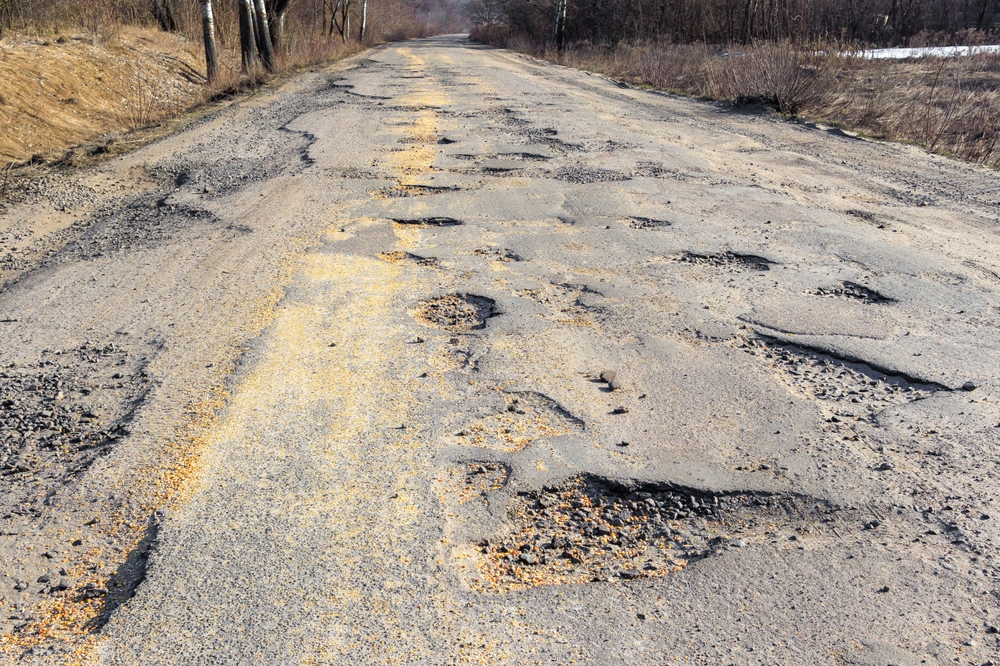
Potholes are one of the most common culprits of suspension damage. When you hit a pothole, the impact can bend or damage suspension components like struts, shocks, or control arms. Repeated hits can lead to misalignment or even a broken suspension spring. To avoid this, always try to steer clear of potholes, and if unavoidable, slow down to reduce the impact. Regularly check your tires and suspension for signs of damage after driving on rough roads.
Ignoring Uneven Tire Wear

Uneven tire wear is often a sign of suspension issues, such as misaligned wheels or worn suspension components. Driving with unevenly worn tires puts additional strain on your suspension system, causing it to work harder and wear out faster. Make sure to rotate your tires regularly and get wheel alignments as needed. Addressing tire wear early can prevent further damage to your suspension system.
Carrying Excessive Weight

Your vehicle’s suspension is designed to handle a specific load. Overloading the car with too much weight puts strain on the suspension, causing it to sag and wear out prematurely. Components like shocks, struts, and springs can fail under excess weight, leading to poor handling and more significant damage over time. Always check your vehicle’s gross weight limit and avoid exceeding it. Use trailers or roof racks when necessary to distribute weight more evenly.
Not Replacing Worn Shocks and Struts
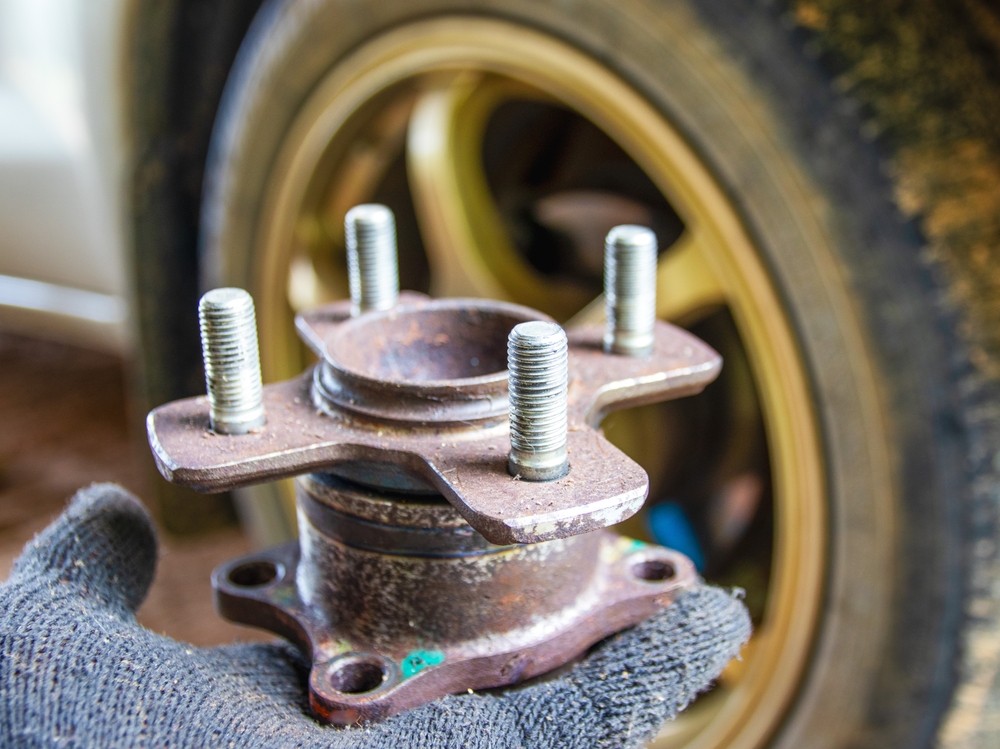
Shocks and struts are key components of your suspension system, helping to absorb road impacts. When they wear out, the suspension can no longer effectively dampen these forces, leading to a rough ride and more stress on other suspension parts. Ignoring worn shocks and struts can result in damage to tires, control arms, and ball joints. Replace them as soon as you notice excessive bouncing, a bumpy ride, or leaking fluid.
Hitting Speed Bumps Too Fast
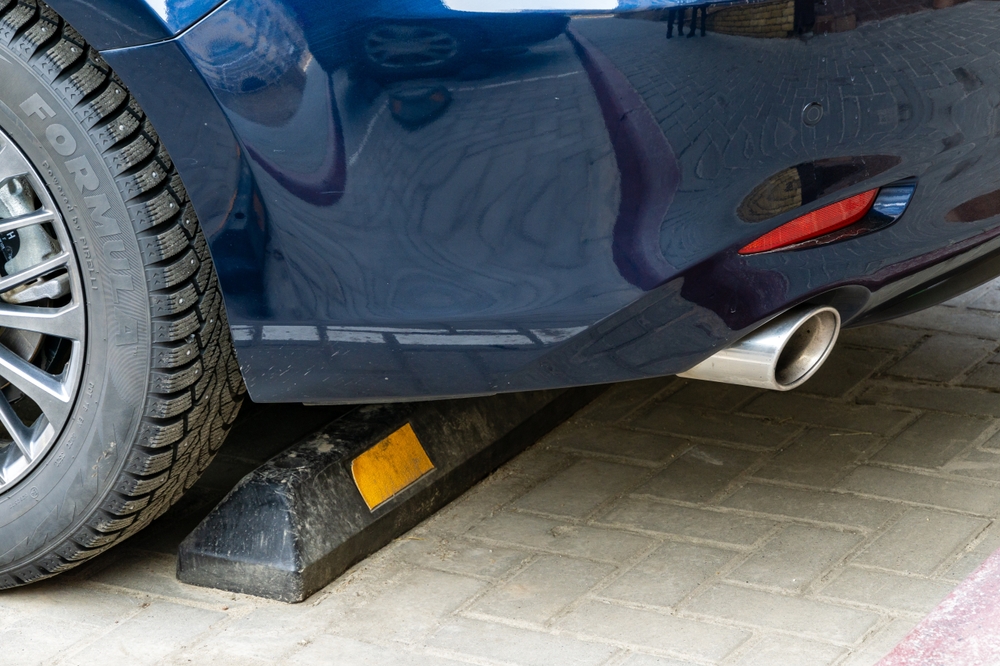
Speed bumps are designed to slow down vehicles and protect the suspension system. However, hitting them at high speeds can damage your shocks, struts, and other suspension components. The sudden jolt stresses the system, causing premature wear or even breaking parts. Slow down to a crawl when approaching speed bumps to minimize the impact on your suspension.
Skipping Regular Suspension Inspections
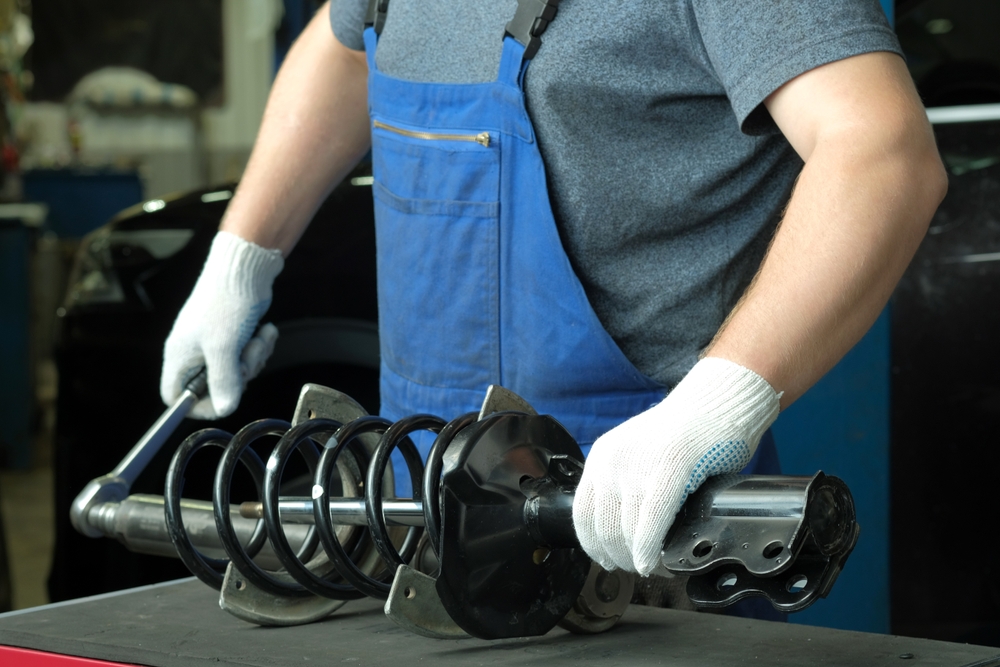
Many drivers neglect to inspect their suspension regularly, assuming it will last forever. However, components like bushings, ball joints, and control arms can wear out over time. Failing to inspect and maintain these parts can lead to costly repairs and compromised handling. Make suspension checks part of your regular vehicle maintenance routine, especially if you frequently drive on rough roads or over bumps.
Ignoring Squeaks and Clunks
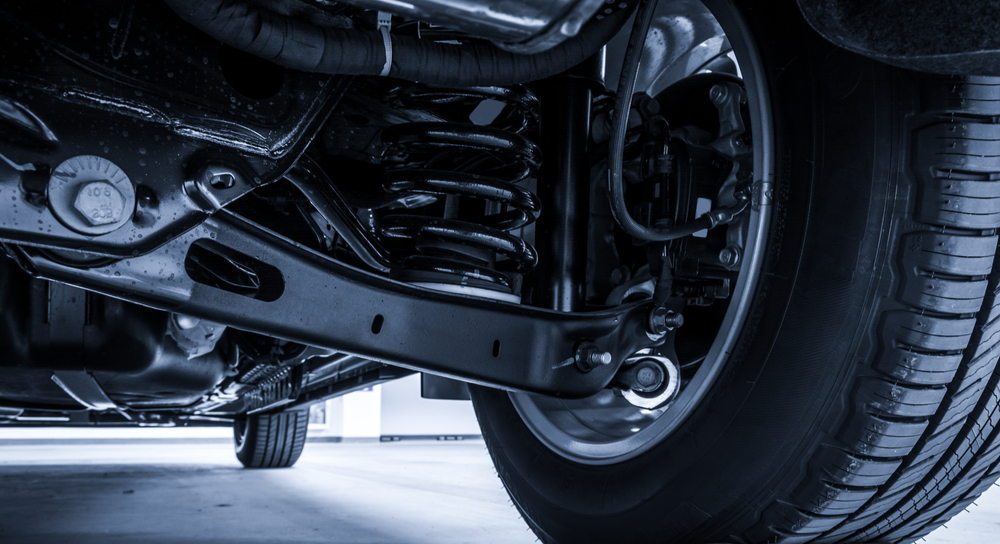
Strange noises like squeaks or clunks coming from your suspension system often indicate worn or damaged components. Ignoring these sounds allows the problem to worsen, potentially leading to a complete suspension failure. If you hear any unusual noises while driving, have your suspension inspected by a professional to identify and repair the issue before it causes further damage.
Driving with Worn Ball Joints
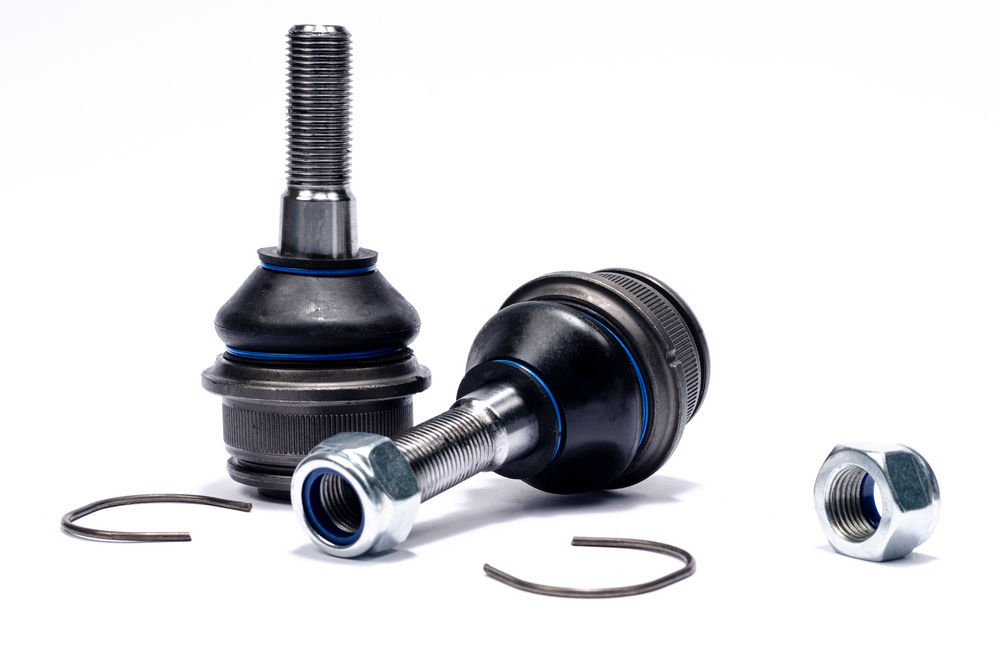
Ball joints allow your wheels to pivot and are a crucial part of the suspension system. When they wear out, it can cause loose steering, uneven tire wear, and increased stress on the suspension. Ignoring worn ball joints can lead to serious problems, including losing control of your vehicle. Have your ball joints inspected regularly, especially if you notice any play in the steering or uneven tire wear.
Failing to Align Wheels After Suspension Work
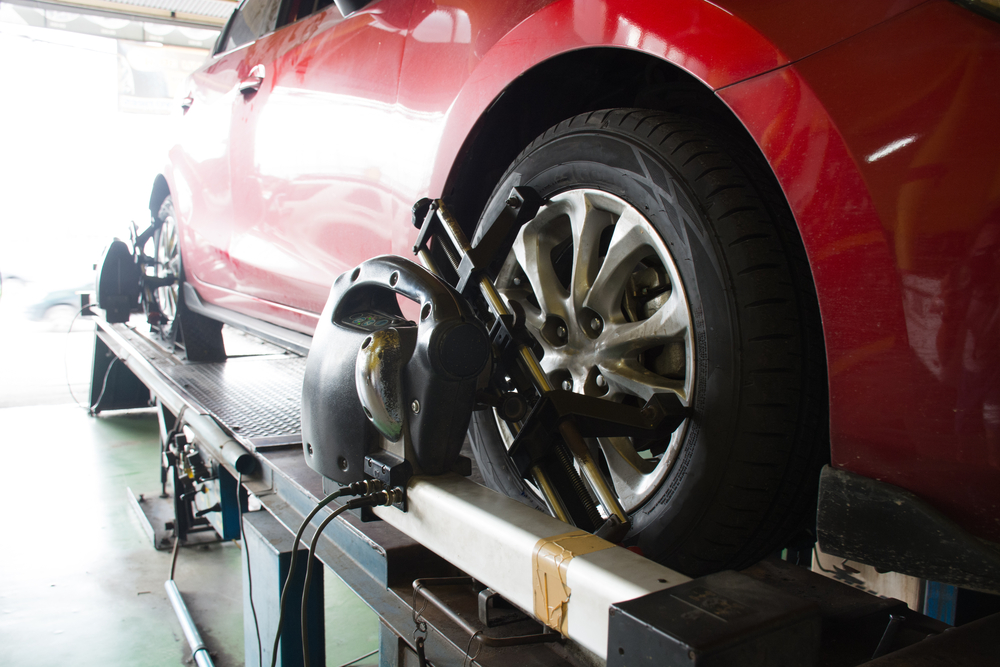
After replacing suspension components like shocks, struts, or springs, it’s essential to get a wheel alignment. Failing to do so can result in uneven tire wear, poor handling, and further suspension damage. Misaligned wheels put additional stress on the suspension system, wearing out parts faster. Always have your wheels aligned after any significant suspension work or if you notice the car pulling to one side.
Driving on Worn Bushings
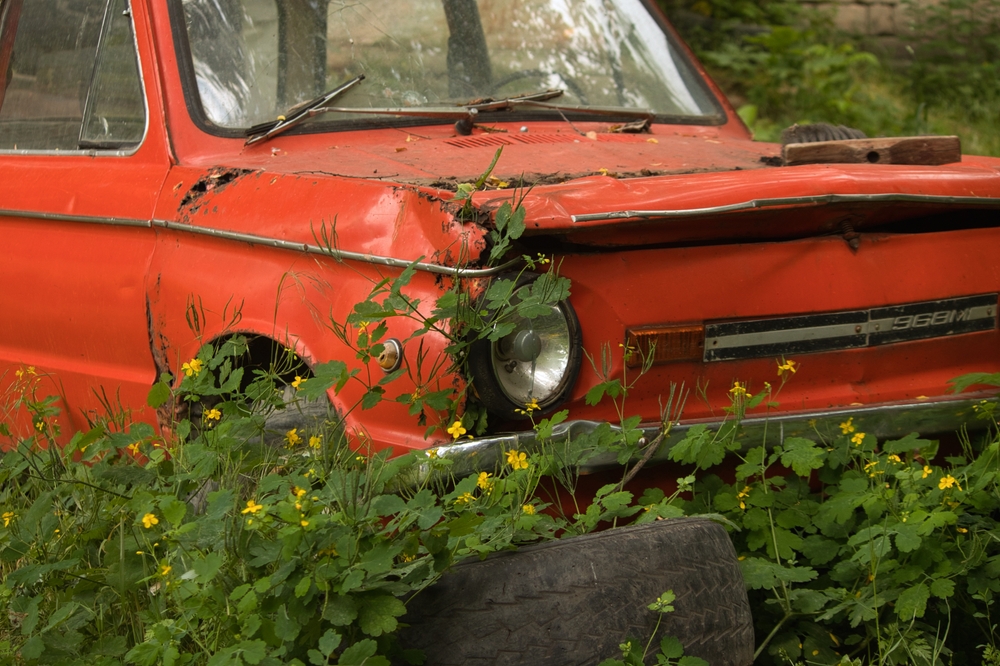
Suspension bushings cushion the joints where suspension components connect, absorbing road impacts and vibrations. When bushings wear out, the suspension becomes loose and noisy, causing parts to move excessively. This leads to increased wear on other components like control arms and struts. Regularly check and replace worn bushings to prevent further damage and maintain a smooth ride.
Ignoring Leaking Suspension Fluids
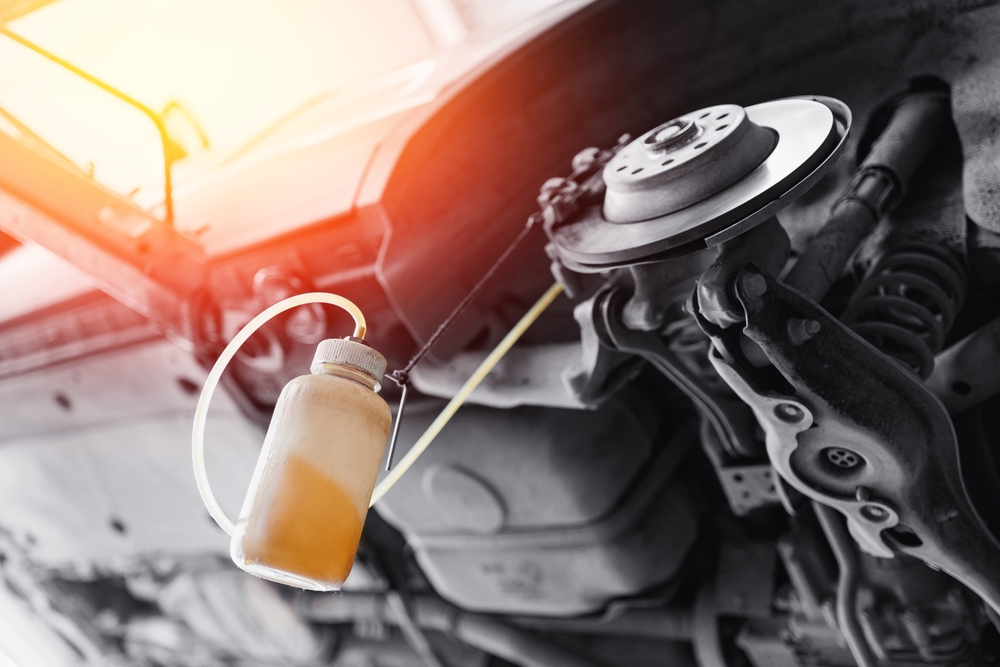
Some suspension systems, particularly those with air or hydraulic systems, rely on fluids to function properly. If you notice fluid leaks around your shocks, struts, or suspension components, it indicates that seals may be worn or broken. Leaking fluids reduce the effectiveness of your suspension system, leading to poor performance and potential component failure. Address leaks immediately to avoid more extensive damage.
Towing Heavy Loads Without Suspension Upgrades

If you frequently tow heavy loads with your vehicle, you’re placing additional stress on your suspension system. Without proper upgrades like heavy-duty shocks, air suspension, or load-leveling systems, your suspension may wear out prematurely. Towing heavy loads without these enhancements can lead to sagging, poor handling, and eventual suspension failure. Invest in the right suspension upgrades to maintain stability and protect your vehicle.
Using Mismatched Tires
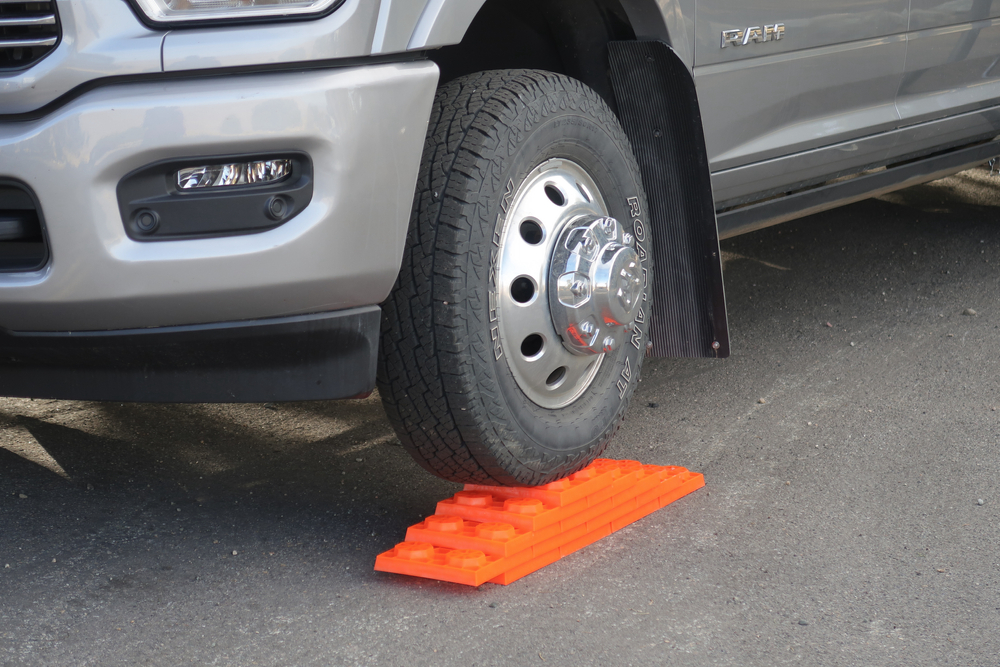
Using tires of different sizes, brands, or tread patterns can throw off your suspension’s balance and cause uneven wear. Mismatched tires can also affect handling, making the suspension system work harder to keep the vehicle stable. Always ensure that your tires match in size, tread pattern, and wear level to protect your suspension system from unnecessary strain.
Off-Roading Without Proper Suspension
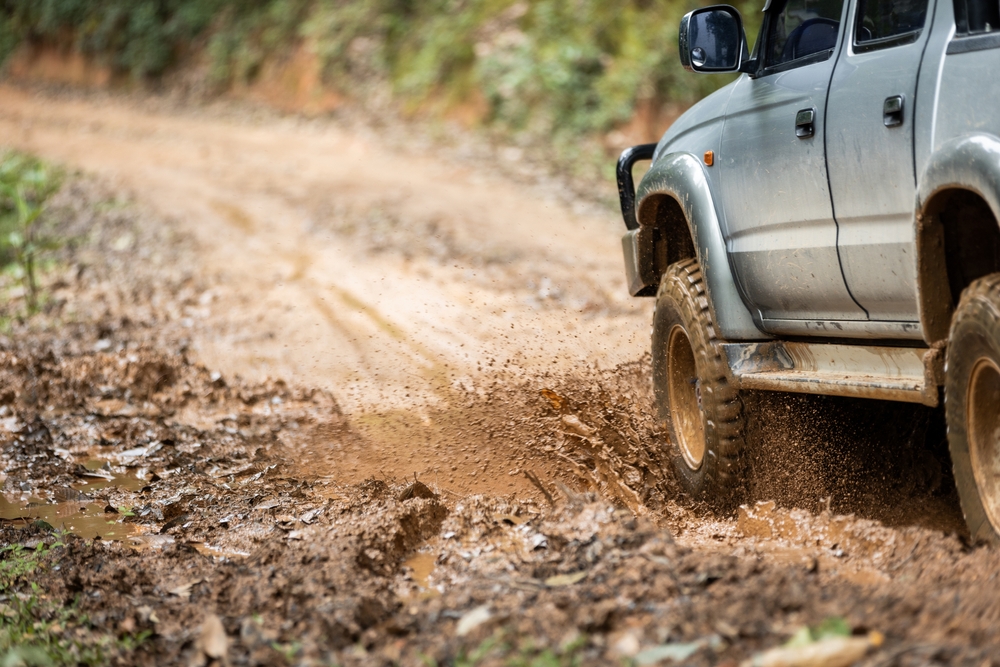
If you enjoy off-roading, driving without a suspension system designed for rough terrain can lead to damage. Stock suspension systems are not built to handle the extreme stresses of off-road driving, leading to bent control arms, broken shocks, and damaged springs. Upgrading to a more robust, off-road suspension system with higher clearance and reinforced components will help prevent damage and keep your vehicle performing well on tough trails.
Driving with Underinflated Tires
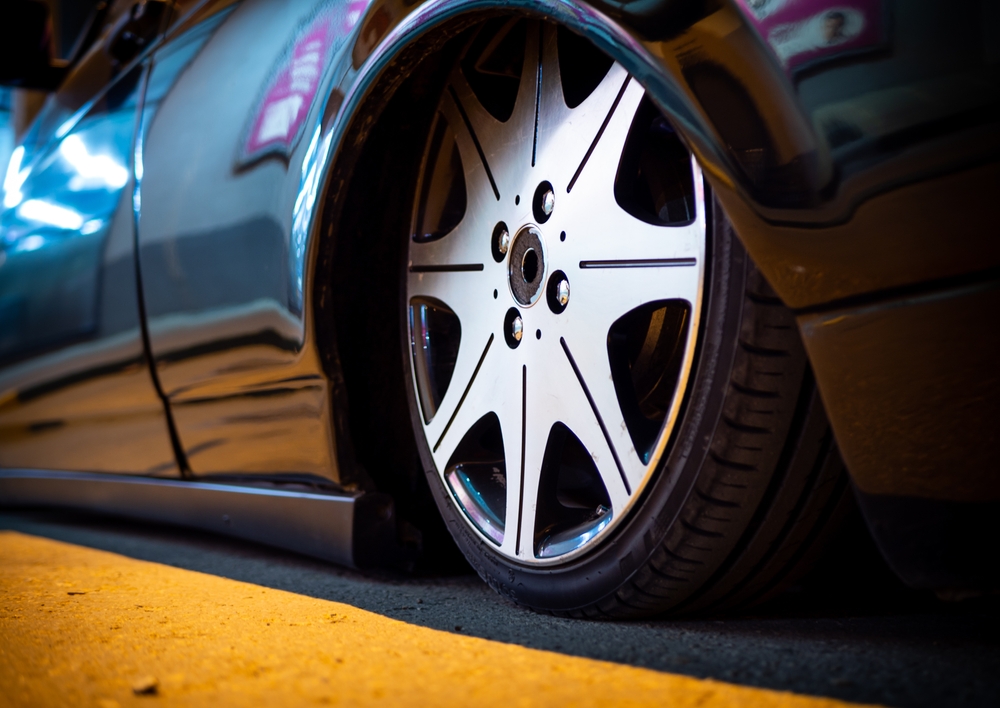
Underinflated tires put additional strain on your suspension system, as the tires can’t absorb road impacts as effectively. This forces the suspension to absorb more shock, leading to faster wear on shocks, struts, and other components. Always check your tire pressure and keep it within the manufacturer’s recommended range to protect both your tires and suspension system from unnecessary stress.
Overlooking Sagging Springs
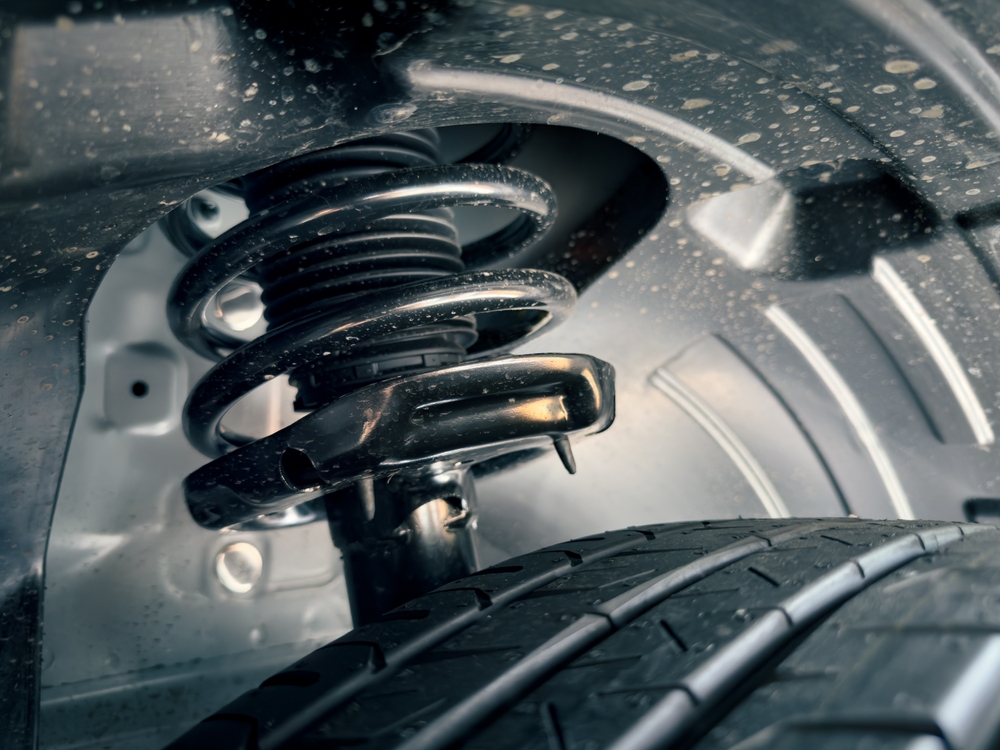
If your vehicle appears lower than usual, it may be due to worn-out suspension springs. Sagging springs reduce the suspension’s ability to support the vehicle’s weight, leading to a rougher ride and increased wear on other suspension parts. Over time, this can lead to more serious damage like bottoming out or hitting the undercarriage on bumps. Regularly inspect your springs for sagging and replace them if necessary.
Driving with Bent Control Arms
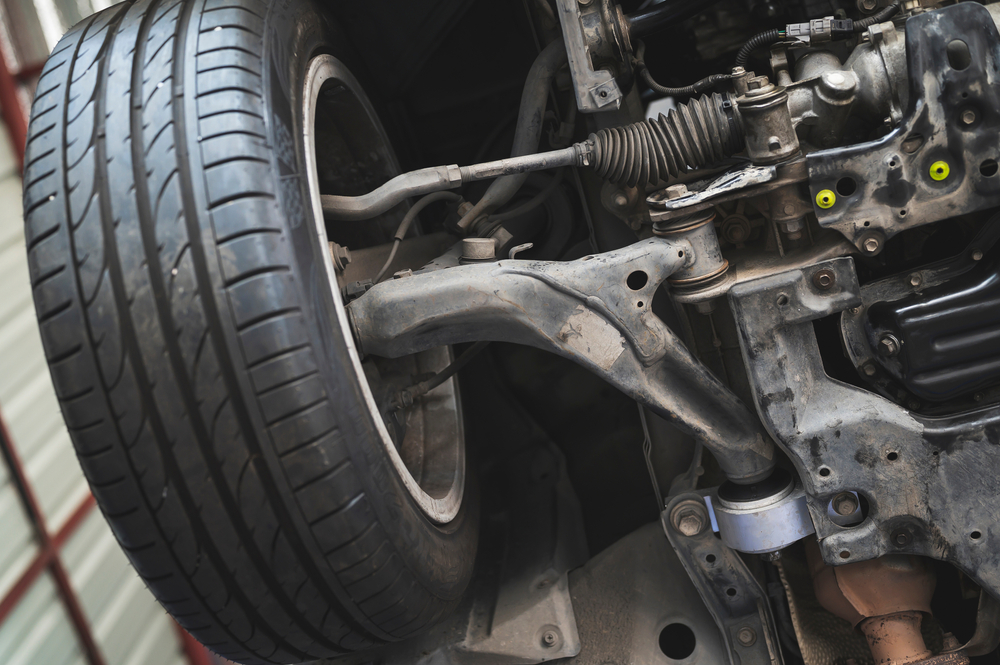
Control arms are critical components that connect the wheels to the frame of the vehicle, allowing the suspension to move freely. Driving with bent or damaged control arms compromises the suspension system, leading to misalignment, uneven tire wear, and poor handling. If your vehicle has been in an accident or hit a curb, have the control arms inspected and replaced if necessary to avoid further suspension damage.
Ignoring Wheel Alignment Issues
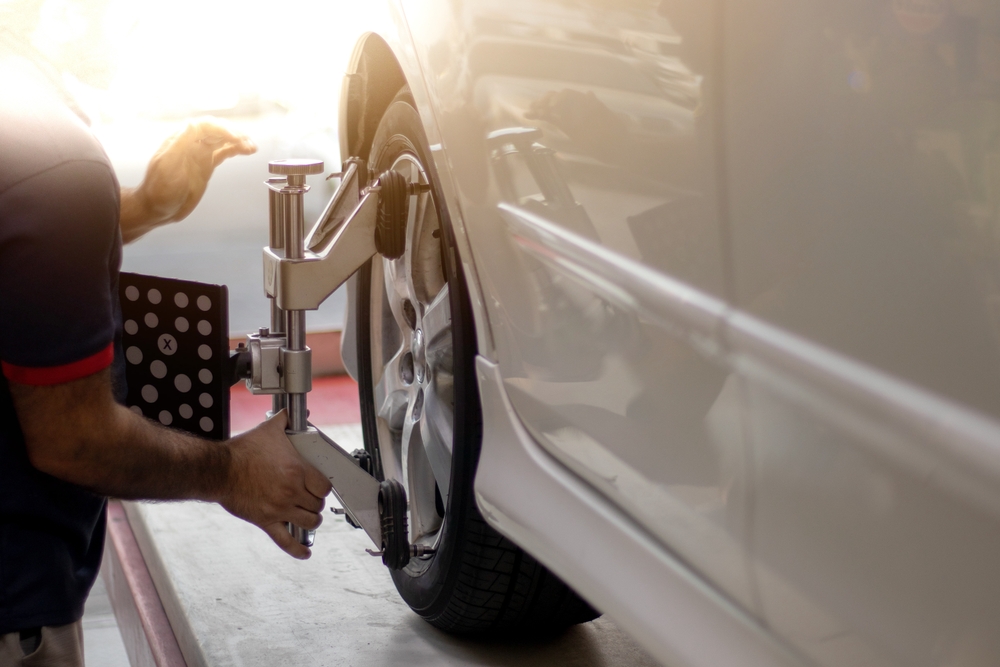
Driving with misaligned wheels puts uneven pressure on your suspension system, causing parts to wear out prematurely. Misalignment can be caused by hitting curbs, potholes, or normal wear and tear. If you notice your car pulling to one side or uneven tire wear, have your alignment checked immediately. Regular alignments will keep your suspension working efficiently and extend the life of your tires.
Braking Hard Consistently
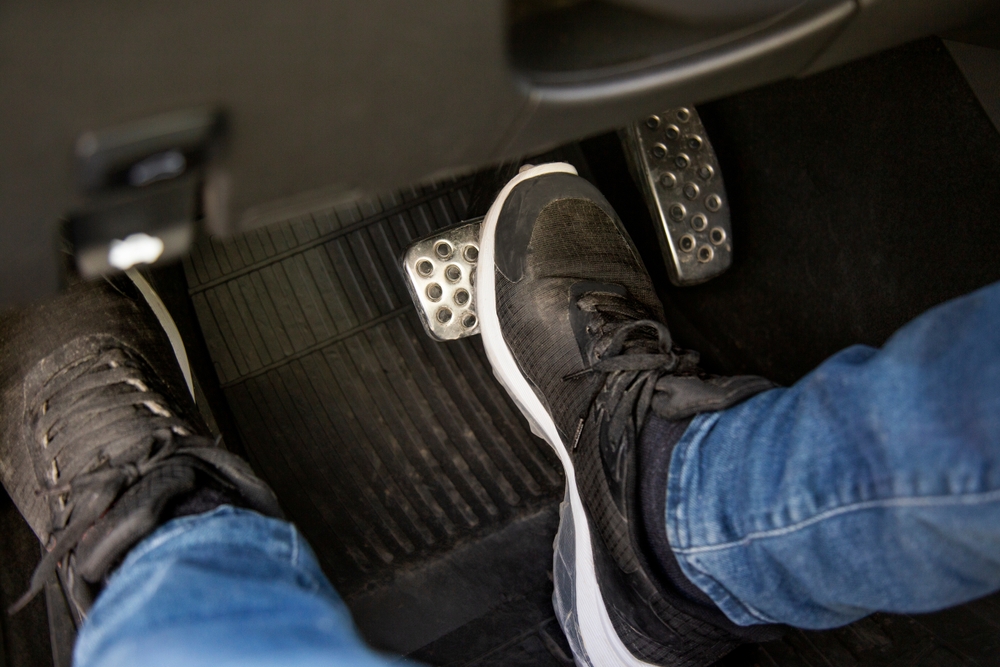
Hard braking forces the front suspension to bear the brunt of the vehicle’s weight, wearing out components like shocks, springs, and control arms faster than normal. Frequent hard stops can also cause your suspension to sag or become unbalanced. To protect your suspension, practice smoother braking and give yourself plenty of space to stop, especially at high speeds.
Driving at High Speeds Over Rough Terrain

Driving fast over rough roads, gravel, or unpaved surfaces can cause significant damage to your suspension system. The high-speed impact over bumps and dips puts excessive strain on shocks, struts, and control arms, leading to faster wear or even component failure. When driving on uneven terrain, slow down and allow your suspension to absorb the impact gradually. This will prevent excessive stress and prolong the life of your suspension system.
This article originally appeared on MyCarMakesNoise.
More from MyCarMakesNoise
Top 25 Electric SUVs Offering Luxury and Sustainability

In today’s automotive landscape, the demand for vehicles that offer both luxury and sustainability is on the rise. Electric SUVs are leading the charge, providing eco-friendly alternatives without compromising on comfort or style. Read More.
The World’s 25 Most Bustling Airports and Their Unique Highlights
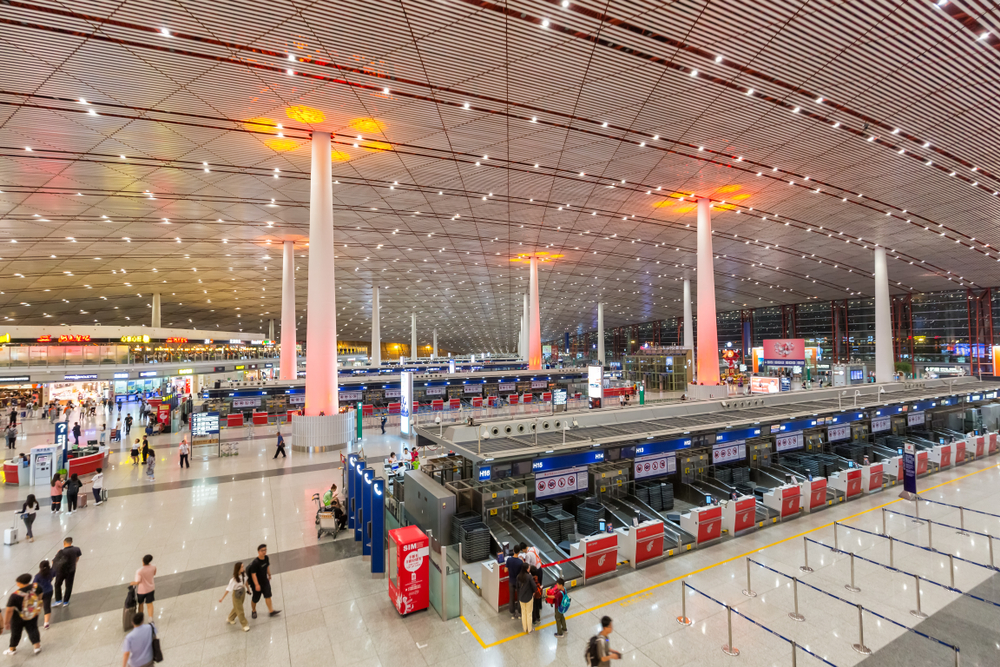
Air travel has become an integral part of our globalized world, connecting people and places like never before. Some airports stand out due to the sheer volume of passengers and flights they handle daily. Read More.
20 Car Features From the Past That Aren’t Coming Back
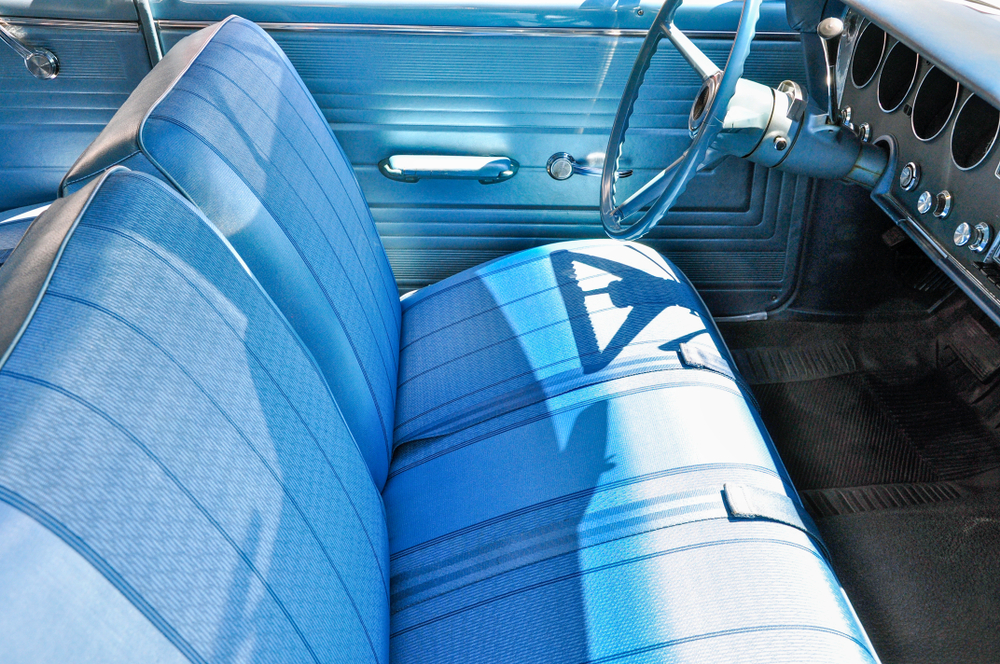
As technology advances and car designs evolve, many beloved features from older vehicles have become relics of the past. From bench seats to manual door locks, these nostalgic elements have been replaced by modern innovations that prioritize safety, efficiency, and convenience. Read More.














